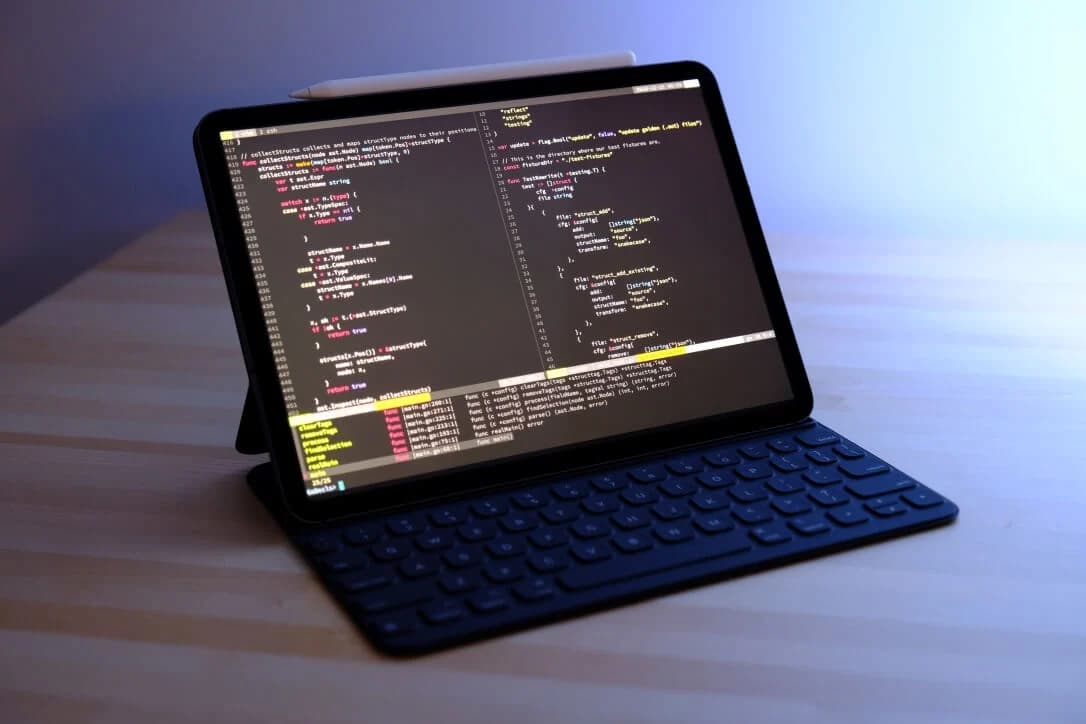Interaction in the digital era: Tablets in the hands of IT specialists
In today’s digital world, where speed and mobility are becoming key components of professional success, the role of tablets in…
Revolutionizing Storage: Burnaby’s Journey Towards Tech-Enabled Self Storage Solutions
Smart and modern self-storage solutions have witnessed several innovative features in recent years in Burnaby, BC. For example, the NationWide…
Benefits Of a Small Business Software for Attorneys
The right legal practice management software can boost operations in law firms. These software are tailored to meet the specific…
7 Most Used Types of Marketing Software In 2021
Pandemics have been an unpleasant but constant feature of human life for thousands of years, endangering both lives and livelihoods…
Hack Reactor
A platform for bootcamp learning: students participate in intensives – individually and in teams to learn programming and solve problems.…
Сodecademy
One of the first platforms to use the simulator for learning. Students can learn a single programming language or an…
Look-at-pro Education
The Look-at-pro Education centre gives all interested students the opportunity to receive a high-quality IT education in England from leading…




















